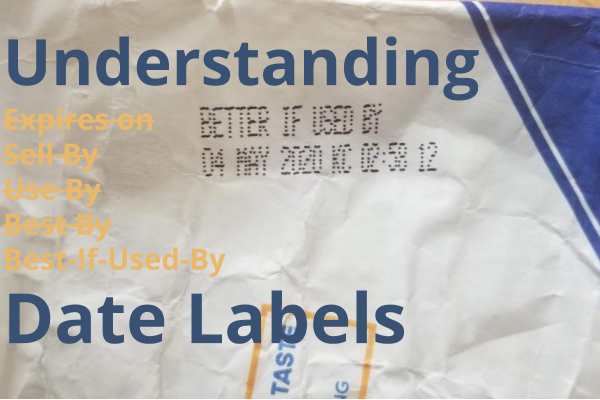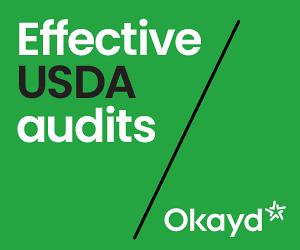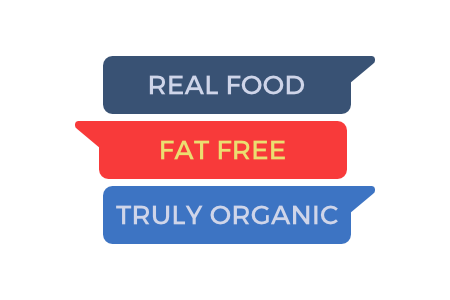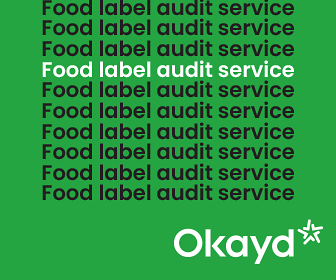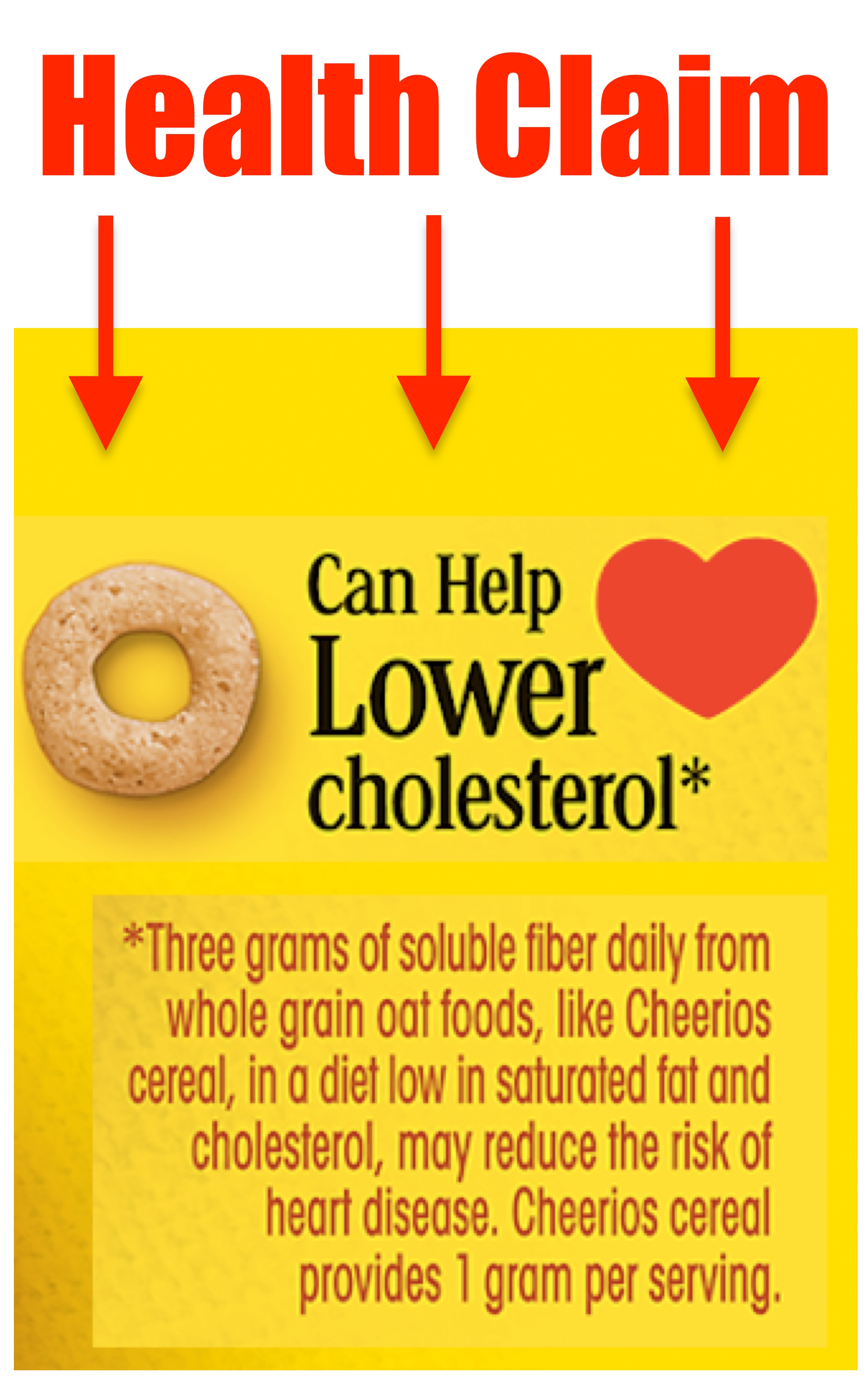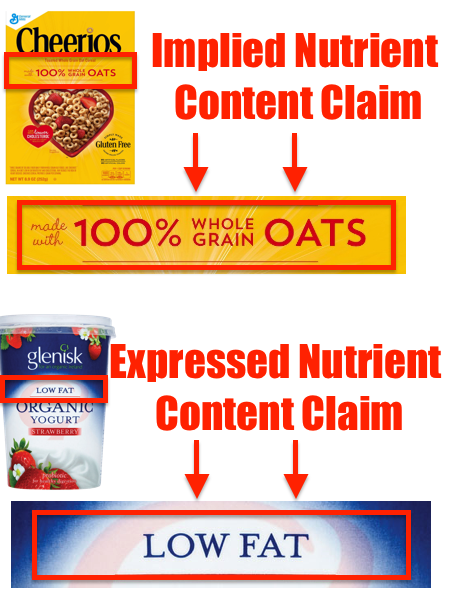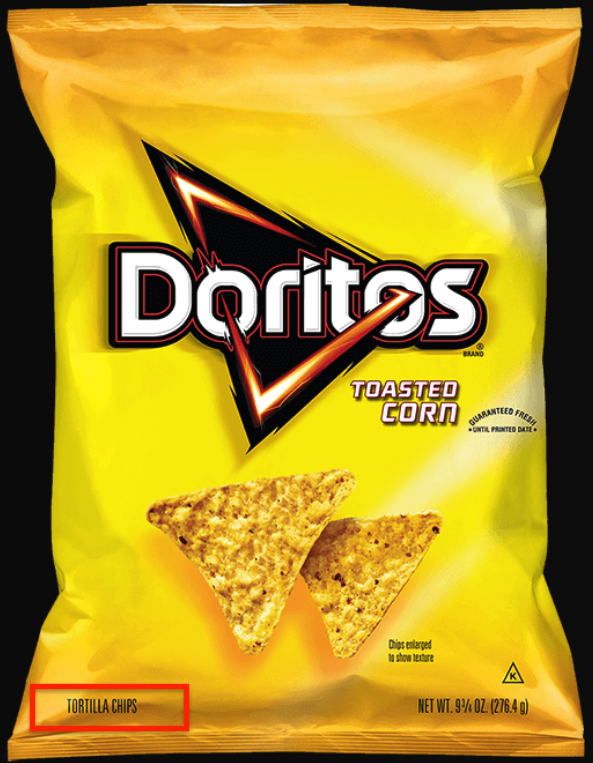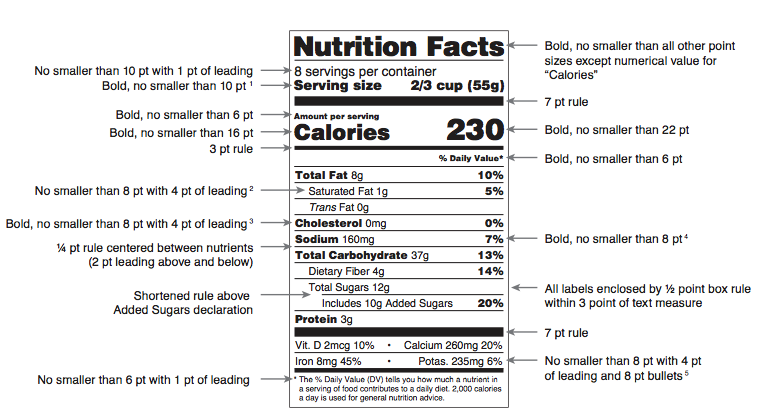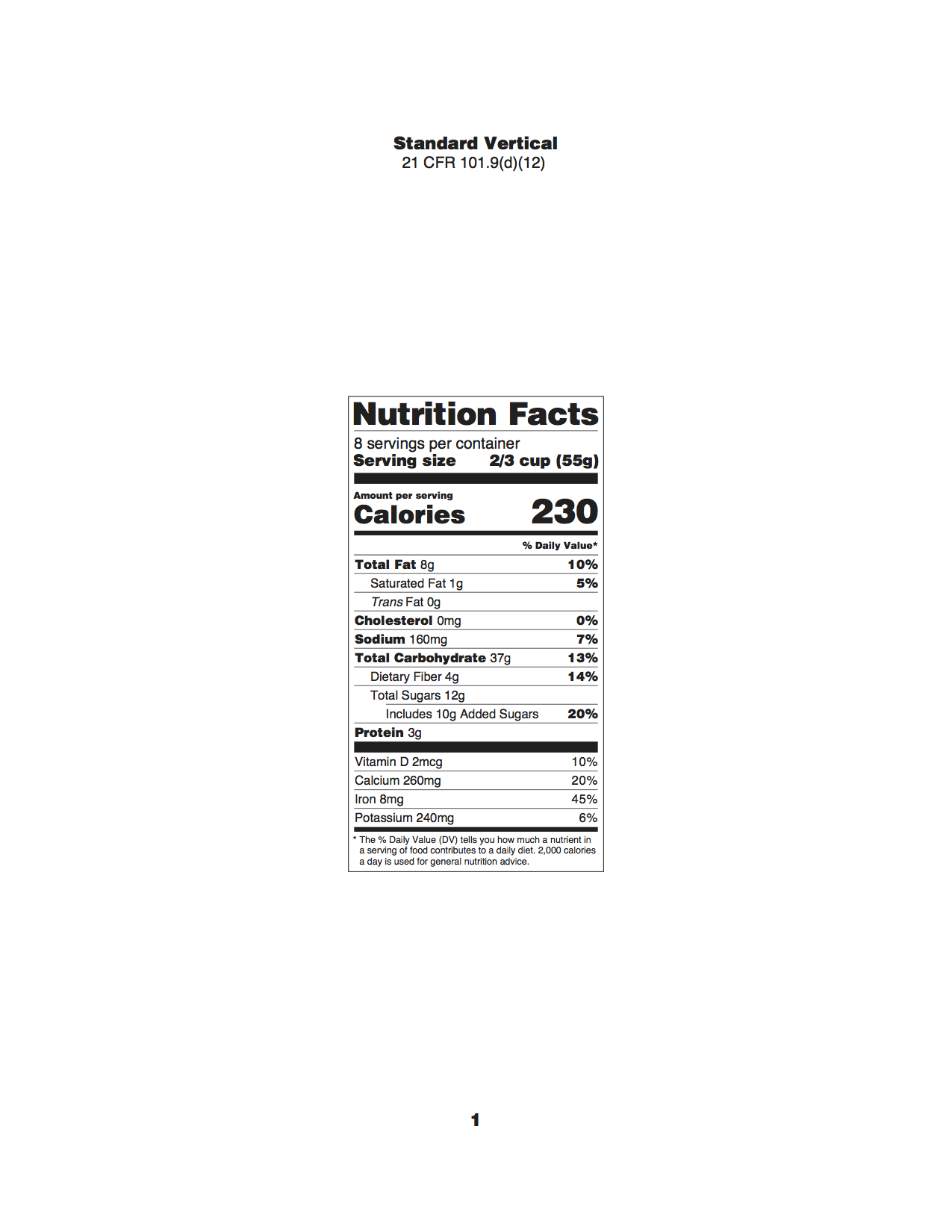What You Need to Know:
Most but not all foods sold in the US require an allergen statement.
In order to create an allergen label for your product you must understand the ingredients and their origins.
Allergen statements typically follow a standard wording that you can use. Don’t overthink it!
Applicable and Exempt Foods
Packaged foods for sale in the US which were labeled after January 1st, 2006 must have an allergen statement. This includes single-ingredient packaged foods (i.e. canned tuna)
Fresh fruits and vegetables do not require an allergen statement.
Highly refined oils derived from one of the eight major allergens do not need to comply with FALCPA allergen labeling requirements (e.g. soybean oil, peanut oil)
If you believe that an allergen containing ingredient should not require an allergen warning (because it will not elicit an allergic response) then you may submit a petition to exempt that ingredient from allergen labeling.
Building a Compliant Allergen Label
Know Your Ingredients: Make a comprehensive list of all ingredients, flavors additives, and colors in your product and any allergens they may contain. Inspect the product label on all ingredients in your product and write down any allergen claims that are listed.
Next, write your allergen statement based on the information you collected. Remember, your product contains all of the allergens which are in the ingredients that you use. You can show a product’s allergen content in two ways:
I write a list of all of the ingredients in my product.
Using my ingredients list as a guide, I take a photo of the packaging for each ingredient (including the ingredients and nutrition facts) so I can have it as a reference. Sometimes, there are ingredients where I switch between 2 brands. In that case, I'll take a photo of both brands' labels.
I return to the ingredients list for my product. Next to each listed ingredient, I write down any allergens that I discovered on the packaging for that ingredient. This is where it helps to have photos of the packaging labels.
After I've reviewed every ingredient, I'll have a list of allergens that appear in my product. Now I just format my allergen declaration using one of acceptable formats below.
Option #1: Name the allergens in the ingredients list
Option #2: Use a “Contains” statement
Option #1: Include the name of the allergen in the ingredients list in parentheses after the applicable ingredient.
Option #2: Use a “contains” statement. This should be located immediately adjacent to the list of ingredients.
Processed in a Facility That Also Processes…
It’s not uncommon to see an allergen statement like this on a packaged food. But what does it mean?
According to the FDA this is known as a May Contains claim. This type of claim is not required, nor is it recommended by the FDA.
So what if a food company produce their product in a facility that also processes other allergens? It shouldn’t matter that other allergens are present in the facility — proper cleaning and production should prevent any allergen cross contact.
A “may contains” claim doesn’t mean much — it is a tool to limit business liability for any allergens that show up in your product. But don’t rely on this type of claim to compensate for bad food processing practices. While it may stop someone with a food allergy from eating your product, it will not mean that a food business is exempt from liability related to allergens in your product.
Double Check Your Allergen Label:
Consider the following before printing new packaging:
Make sure the size of the allergen statement is no smaller than the ingredients list.
Use the same wording as the major 8 allergens. For example, an allergen statement for a product containing butter should say, Contains: Milk, not Contains: Butter. Even though the second statement is true, the name of the allergen is milk (not butter).
If you suspect that a consumer may not know that a particular ingredient is an allergen (e.g. casein) then it’s best to declare the allergen specifically in a “contains” claim (e.g. “Contains: Milk).
If the product includes either tree nuts, fish, or crustacean shellfish then you must specify the specific ingredient that falls within that category. For example,
Ultimately, what matters is that your allergen statement is truthful and not misleading.
FAQ:
Tree Nut Allergens
This category includes:
Almond
Beech nut
Brazil Nut
Butternut
Cashew
Chestnut
Chinquapin
Coconut
Filbert/Hazelnut
Ginko Nut
Hickory Nut
Lichee Nut
Macadamian Nut
Pecan
Pine Nut
Pili Nut
Pistachio
Sheanut
Walnut
wheat allergens
Wheat includes the following species:
Dommon wheat
Durum wheat
Club wheat
Spelt
Semolina
Einkorn
Emmer
Khorasan wheat
Triticale
Crustacean Shellfish Allergens
When stating a crustacean shellfish allergen, be sure to list the specific species in which the allergen occurs. For example,
Contains: Crustacean Shellfish (Lobsters)
Also, note that Molluskan shellfish (mollusks) are not one of the 8 required allergens regulated by FALCPA.
























